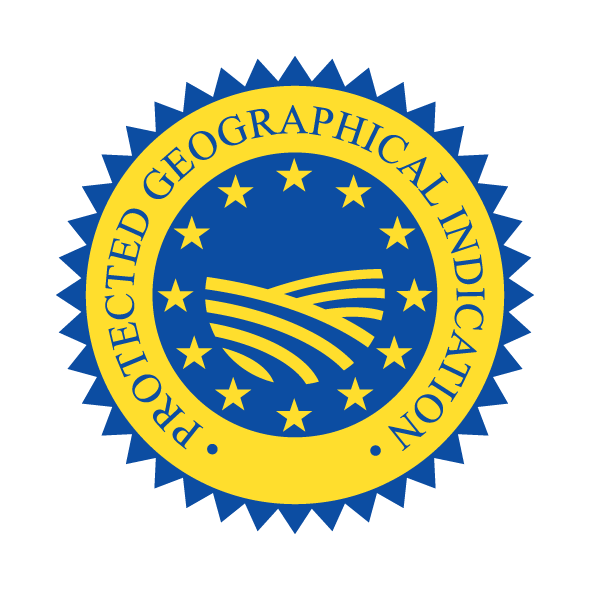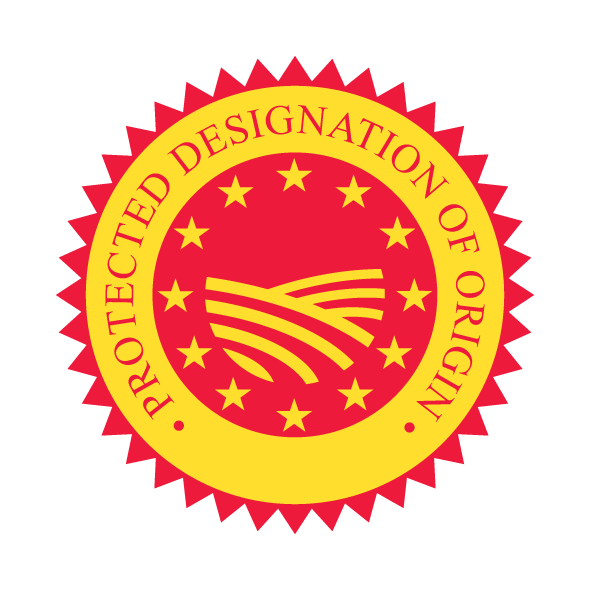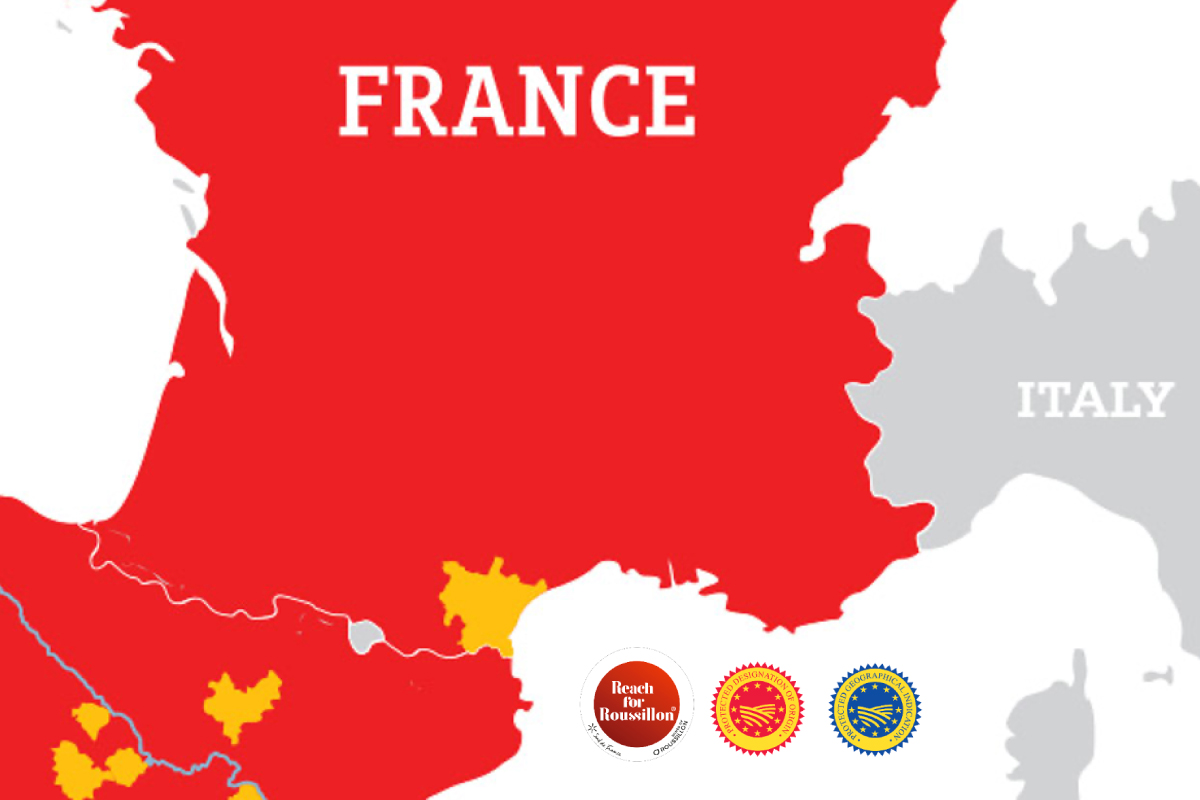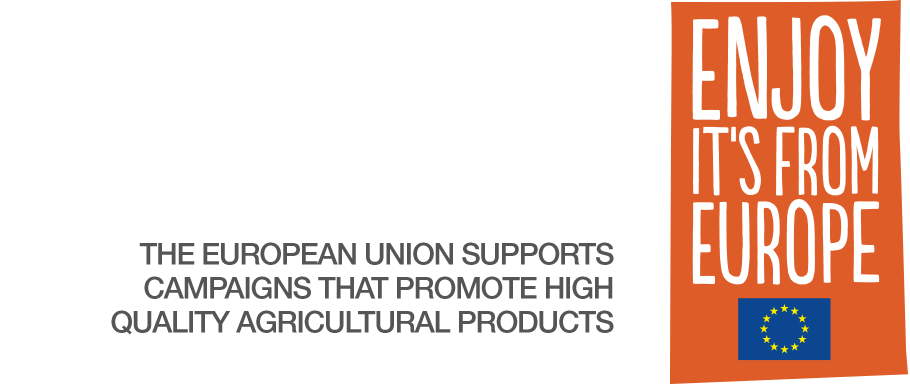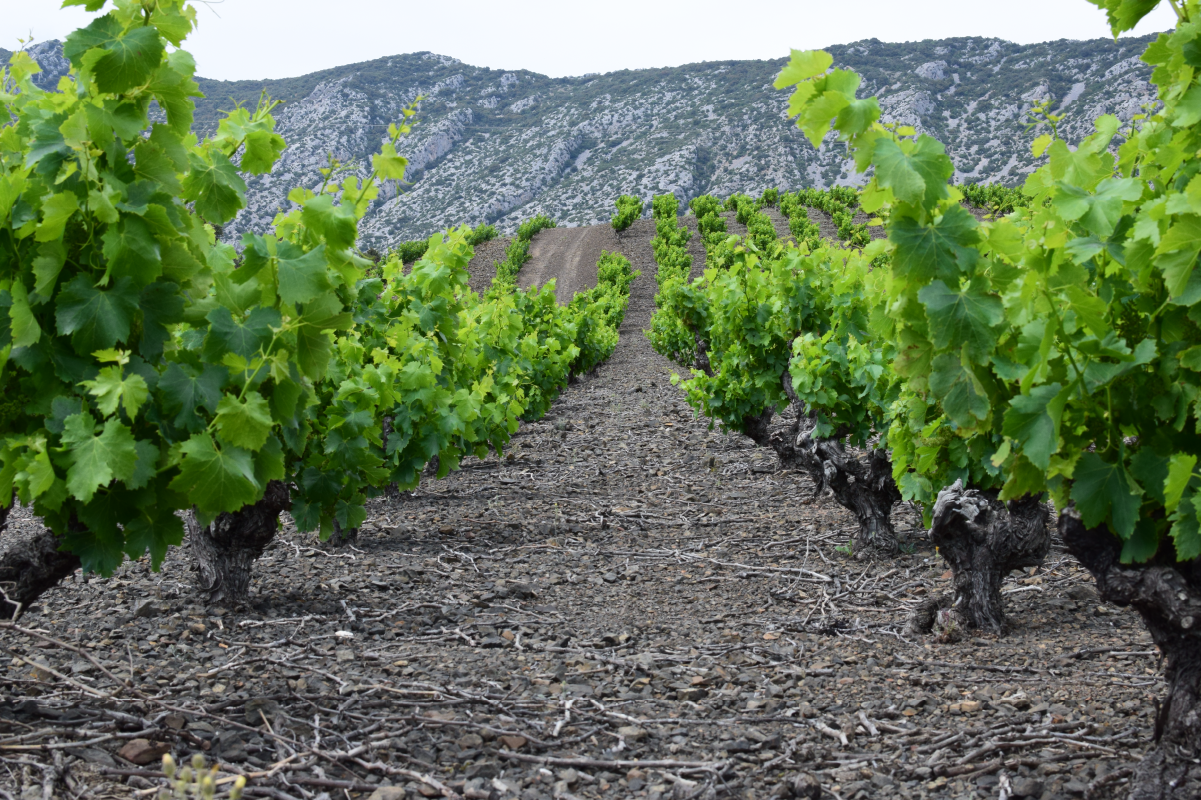
Did you know that the European Union has one of the largest extension of vineyards on the planet? We are not only talking about a vital surface area to preserve the environment, landscapes and fauna. But also, that each territory contributes its own particularities to the wines, character and a unique personality, which are opening the doors of the most demanding world markets to these products. This is the case with the wines made in Europe from the Grenache/Grenache variety in Spain and France.
Origin counts for a lot in the European production system, one of the most demanding and guaranteeing. The EU’s Geographical Indications regime protects the names of products that come from specific regions and have specific qualities and a reputation linked to the territory of production.
The European Union takes pride while it stringently maintains precise regulations and specific quality standard regimes for agri-food products throughout 27 countries. These standards are set into place to ensure quality and safety for consumers’ health and their protection. Within this initiative, the EU quality policy aims to protect the names of specific products to promote their unique characteristics, linked to their geographical origin as well as traditions.
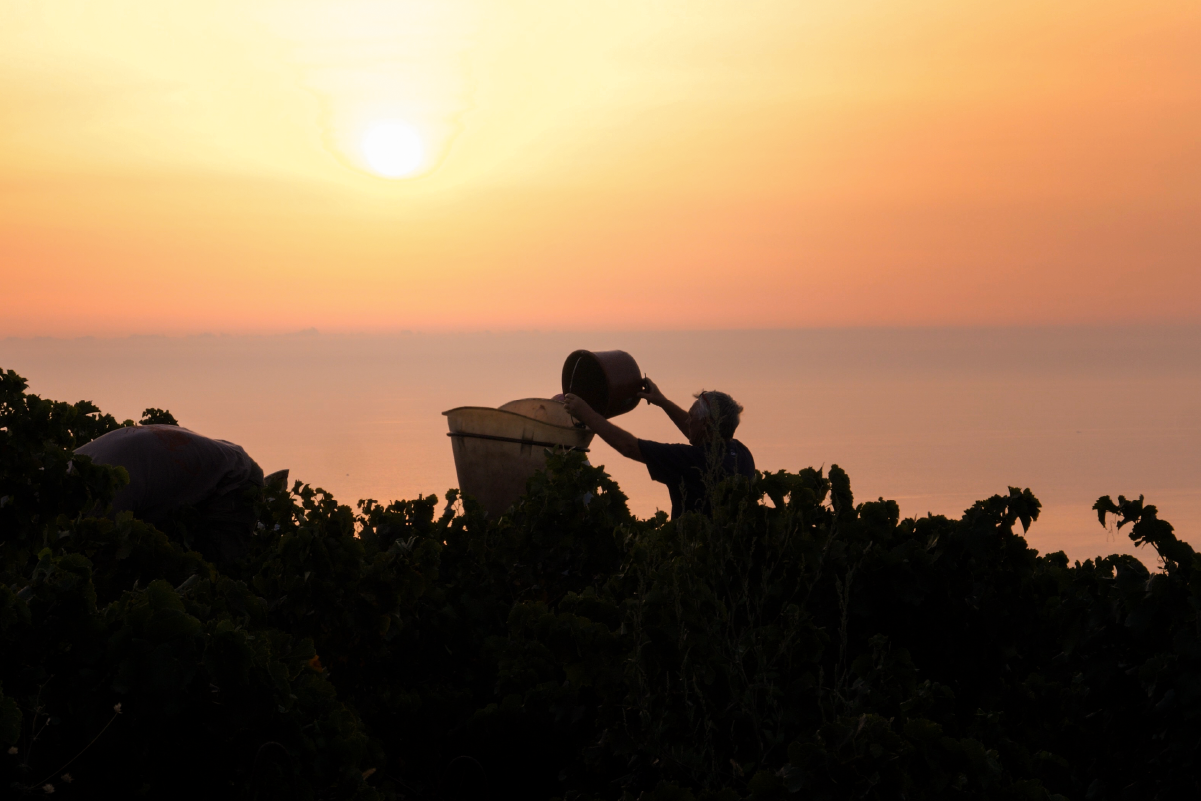
Signs of European quality and excellence
But do we know how to distinguish these differentiated quality figures? According to the European Commission, products registered as PDO (Protected Designation of Origin) are those with the strongest links to the geographical place where they are produced. On the other hand, the PGI (Protected Geographical Indication) highlights the relationship between the specific geographical region and the name of the product. This is the case when its quality, reputation or other specific characteristics are primarily attributable to the geographical origin. PDO and PGI products represent the excellence of European agricultural production developed under a legal framework. Products that are registered under one of these schemes may be marked with the logo for that scheme to help identify those products. Starting from the distinction between generic and distinctive quality, the main factors influencing safety in geographical indication products, stress the importance of traceability systems and biodiversity in securing generic and specific quality.
In this context, PDO Calatayud, PDO Campo de Borja, PDO Cariñena, PDO Somontano and PDO Terra Alta, and the Geographical Indications of Roussillon (14 PDOs and 3 PGIs) are a guarantee of their origin and quality. With their regional names, characteristics and products protected by the European Union.
Grenache grapes are almost “magical” expressions of their origins and the soils where they are grown in Europe. Garnacha wines, which can range from generously fruity to intensely mineral, have a distinctiveness and personality all of their own.
Diversity, versatility, origin, tradition, sustainability… European Grenache/Grenache wines are opening up to the world with an unbeatable letter of introduction, winning over American consumers. A public that is discovering the excellence of these liquid jewels coming from the Old Continent.
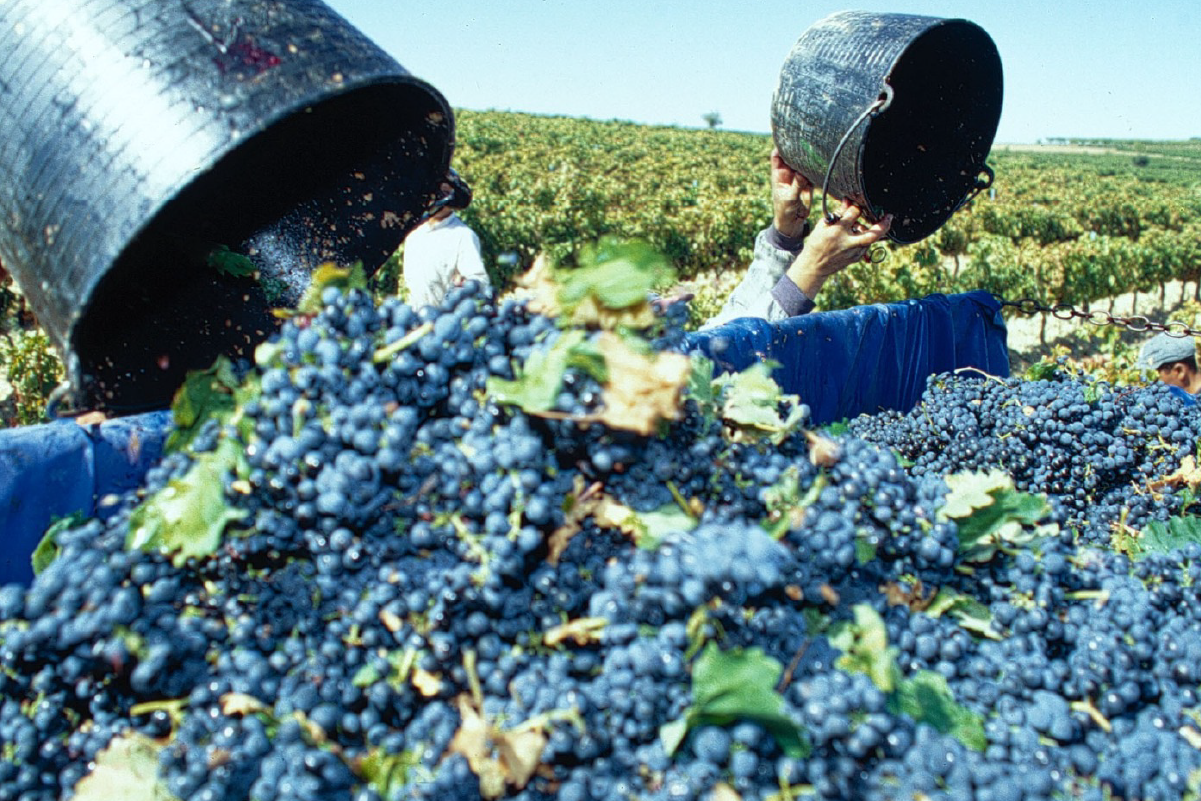
Garnacha PDOs in Spain
The five PDO regions in Northeastern Spain are considered the native area of the Garnacha grape: PDO Calatayud, PDO Campo de Borja, PDO Cariñena, PDO Somontano and PDO Terra Alta. Let’s take a look at them and their characteristics.
- DO Calatayud, one of the newest PDOs, was established in 1989. It is one of Spain’s most arid regions, but elevations ranging from 1,000 to 3,600 feet and high diurnal temperature variation help promote flavor development in limestone and slate soils. Both red and white Garnacha grapes are grown here to make red, white, and rosé wine. Reds are typically full bodied and rich, with black fruit and mineral characteristics shining through, particularly in wines made under the designation Superior Calatayud, which requires that red wines be made from a minimum of 85 percent red Garnacha from low-yield vines that are at least 50 years old.
- DO Campo de Borja’s continental climate offers ideal growing conditions for Garnacha: cold winters, hot summers with little rain, and strong winds to discourage pests and diseases. Like DO Calatayud, its neighbor to the south, it has many high-elevation sites and diverse soils. Red and white grapes are grown here, but still red wine is by far the most popular style. Wines from the lower-elevation sites are often powerful and aromatic, while those from higher-elevation sites are more subtle and elegant.
- One of the first places in Spain in which grapes were grown, DO Cariñena is the largest of the country’s Garnacha-producing regions and is now undergoing a revolution in quality. The region experiences a significant diurnal temperature shift in the summer, which contributes to wines that exhibit power and a high concentration of intense cherry, floral, and herbal flavors. Brownish limestone over and under rocky subsoil is the most common soil type. Many winemakers use carbonic maceration to balance structure while coaxing out fruit flavors, and moderate oak aging, as well as no oak aging, are also becoming more popular. Red and white grapes are used to make red, white, and rosé wines, and this is one of Spain’s few regions that produces sparkling Garnacha.
- DO Somontano’s name—which means “at the foot of the mountain”—comes from its location at the transition point between the Ebro River Valley and the Pyrenees Mountains. This small region is a relatively lush area that experiences moderately higher winter rainfall than its neighbors, but it shares the hot days, cool nights, and poor soils—mostly pebbles, sandstone, and clay—that make Garnacha so successful here. The region is known for its fruity, floral, and herbaceous white wines, which can range in style from light, crisp, and mineral-forward to full-bodied, rich, and round, but both white and red grapes are grown. The reds have a modern profile of cherry fruit, vanilla, chocolate, and spices.
- DO Terra Alta has some significant differences from the other PDOs. Its climate is Mediterranean, though it leans more continental in the winter, but abundant sunshine and strong winds are prevalent. Although red grapes are more common, this region grows more white Garnacha than any other—up to 30 percent of the world’s total production. Limestone and clay soils on Terra Alta’s plateau and valley floor produce white wines with citrus, peach, and chalky notes. Peluda grapes are also grown here, along with the red Garnacha variety, which yields raspberry, mineral-scented wines.
Garnacha PDOs & PGIs in France
- Around 600 BC the Greeks expanded their knowledge of the land to make viticulture flourish in southern Gaul. Thanks to its excellent climate, a mixture between continental and Mediterranean, and the richness and variety of the terrain, known as “terroir”, the Roussillon area became a large vineyard whose quality has continued to increase and improve year after year. The wine cultivation spread along the ancient Via Domitia, the Roman road that ran from the current Italy to Hispania.
- With 14 AOP and 3 IGP, mainly from 25 different grape varieties, the wines of Roussillon are of great richness, each expressing a character of its own:
- The Appellation d’Origine Contrôlée (AOP) Côtes du Roussillon is common on wine labels. Here, white, red, and gray grapes are used to make delicate, elegant, citrusy, floral whites; floral and red-fruited rosés; and fruity, spicy reds. Within Côtes du Roussillon, which represents many different terroirs, the northern, sloped vineyards and the foothills of the Canigou mountain are classified as Côtes du Roussillon Villages, which may only be used for red wines. This appellation comprises 51 communes, including several that may append the commune’s name to the AOP: Côtes du Roussillon Villages Latour de France (mainly grey Cambrian Schist), Côtes du Roussillon Villages Lesquerde (sand from Gneiss & Granit), Côtes du Roussillon Villages Caramany (Granit), Côtes du Roussillon Villages Tautavel (Limestone & chalky soils), Côtes du Roussillon Villages les Aspres (fine elements & pebbles of quartz, marble…).
- The AOP Maury Sec is also a very renowned appellation based on red dry wines made from black schist and mainly with black Grenache.
- The AOP Collioure is home to steep terraces of grey Cambrian schist that overlook the Mediterranean Sea—it’s a unique area that makes high-quality dry red, white, and rosé wines. Red, white, and grey Grenache varieties are allowed, and any wine must contain at least two different grapes.
- The AOPs of Maury, Banyuls, Banyuls Grand Cru and Rivesaltes are Roussillon’s historic appellations for Vins Doux Naturels. They are all made mainly with white, red and grey Grenache.
- The Indication Géographique Protégées (IGPs) Côtes Catalanes, which covers a large swath of land, Pays D’Oc and Côte Vermeille, located along the southern Mediterranean coast, make sometimes easy-drinking red, white, and rosé wines, but also some special mono-varietal beautiful expression. Those labelled Rancio will take on an amber color ranging to walnut as they age and will develop notes of nuts and dried fruit.
Product names can be granted a ‘Geographical Indication’ (GI) if they have a specific link to the place where they are made. The GI recognition enables consumers to trust and distinguish quality products while also helping producers market their products better. Products that are under consideration or have been granted GI recognition are listed in quality products registers. There are two quality schemes that fall under the umbrella of geographical indication and those are known as Protected Designation of Origin (PDO), Protected Geographical Indication (PGI). Within the PGI status, the entire product must be traditionally, at least 85% of the grapes used have to come exclusively from the geographical area where the wine is actually made and at least partially manufactured within the specific region while the PDO status mandates the entire product to be traditionally and entirely manufactured within the specific region- both, therefore, acquiring unique properties within their designation.
PDO and PGI products represent the excellence of European agricultural production developed under a legal framework. Products that are registered under one of these schemes may be marked with the logo for that scheme to help identify those products. Starting from the distinction between generic and distinctive quality, the main factors influencing safety in geographical indication products, stress the importance of traceability systems and biodiversity in securing generic and specific quality.

